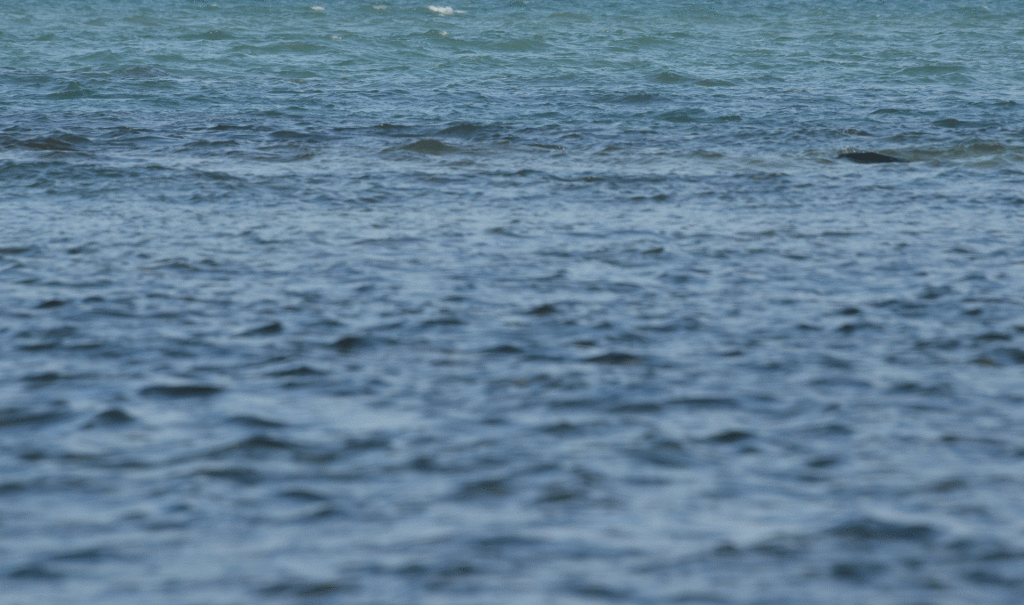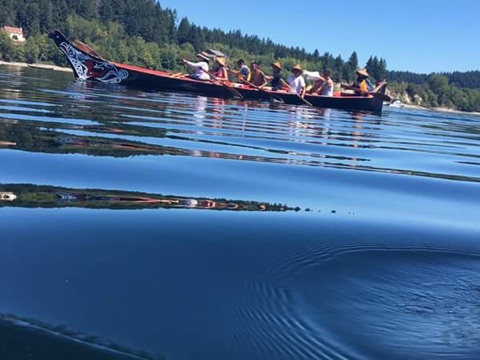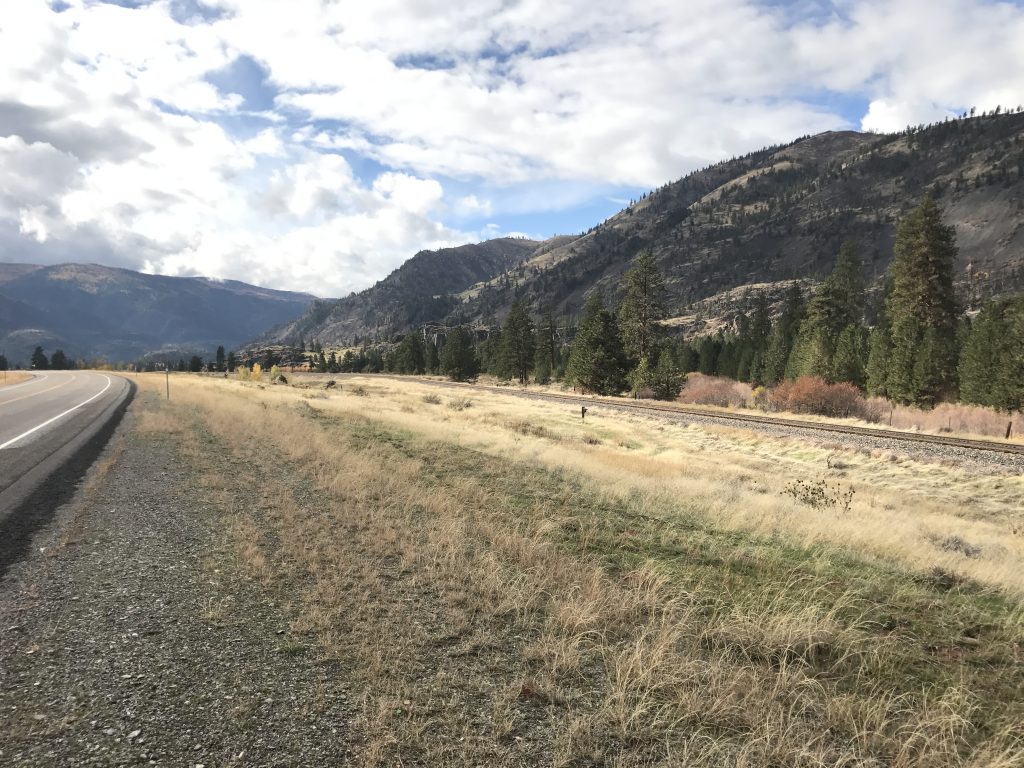News & Events
January 21, 2015
Survey shows hope, optimism among homeless Alaska Native elders

Chief Seattle Club provides a range of services to urban native people.
Courtesy of Chief Seattle Club
Mention homeless people and words like optimistic, hopeful and happy are typically not what spring to mind.
More likely, said Jordan Lewis, an assistant professor in the University of Washington’s School of Social Work, the stereotypes are negative – “that they’re chronic alcoholics, depressed, they steal, they’re thieves. They don’t have hope. They’ve just given up.”
But Lewis sought to find something different when he embarked on a recent research project exploring optimism among homeless Alaska Native elders in Seattle. Statistics on that population are grim; urban Alaska Natives face disproportionately higher rates of physical and mental health problems, unemployment and poverty.
And while Alaska Natives and American Indians comprise just one percent of King County’s population, they make up four percent of homeless people in the region, according to a report by the United Way of King County.
A trained gerontologist who grew up in Naknek, in Alaska’s Bristol Bay, Lewis studies characteristics that enable Alaska Natives to age well. He also wanted to focus on positive aspects in the lives of homeless people, instead of their myriad and well-documented challenges.
“Everyone has positive things about their lives that should be highlighted,” he said.
With that in mind, Lewis interviewed 14 homeless Alaska Native elders served by Chief Seattle Club, a nonprofit organization in the city’s Pioneer Square area that provides meals, housing assistance and other services to homeless and low-income native people. He asked people in the group, whose ages ranged from 45 to 70, what they did to be happy, whether they thought happiness impacted health and how they coped with sadness.
Participants were given a test to gauge optimism versus pessimism. Eleven respondents indicated strong levels of optimism, with only two scoring high in pessimism. Lewis was surprised by the cheeriness and resiliency shown in the responses.
“Regardless of not having a place to sleep that night and not knowing where their next meal would come from, they believed tomorrow would always be better – that someone would want to have their skills, their family might want them back, they might get a job,” he said.
Asked what they did daily to feel happy, almost all participants mentioned spirituality, volunteering and humor as key components. They cited going to movies, reading, exercising and being around friends as remedies for the blues.
Lewis said his survey showed a strong inclination among participants to help other people – for example, by bringing someone lunch or inviting others on social outings.
“It was really eye-opening, and it made me happy that they are good role models for other people,” said Lewis, who also works with the UW’s Indigenous Wellness Research Institute.
Colleen Echohawk, executive director of Chief Seattle Club, said the respondents’ sanguine outlook might partially result from surviving trauma and gaining perspective over time. Some of the club’s clients, she said, were removed from their families and placed in the notorious residential schools established in the late 19th and early 20th centuries to assimilate American Indians into mainstream society.
“I know from their stories that they had awful things happen to them, and at different points in their lives perhaps they didn’t feel quite so optimistic,” she said. “Many of our members have gone through a lot, and they’re just grateful to be alive.”
Echohawk has frequently been struck by the level of optimism she encounters among native people, who she said often rely on faith and humor to deal with pain.
“I think that’s been one of the strengths of the native community since time immemorial,” she said. “Despite tremendous adversity and hardship, having a positive and optimistic attitude has been what I’ve experienced with a lot of my own relatives and a lot of the folks I work with.”
Lewis’ project was part of Stanford University’s Internet-based Successful Aging program, which provides fellowships aimed at promoting successful aging and end-of-life care. He hopes to publish his findings in a peer-reviewed journal and plans to work with Chief Seattle Club to develop a broader, more in-depth study of homeless Alaska Native people. It’s a group that offers much to learn from, he said.
“We don’t highlight the skills and talents that these people have,” he said. “There are a lot of lessons and stories in their experiences that we could apply to everybody.”
This article first appeared in UW Today on December 18, 2014.




